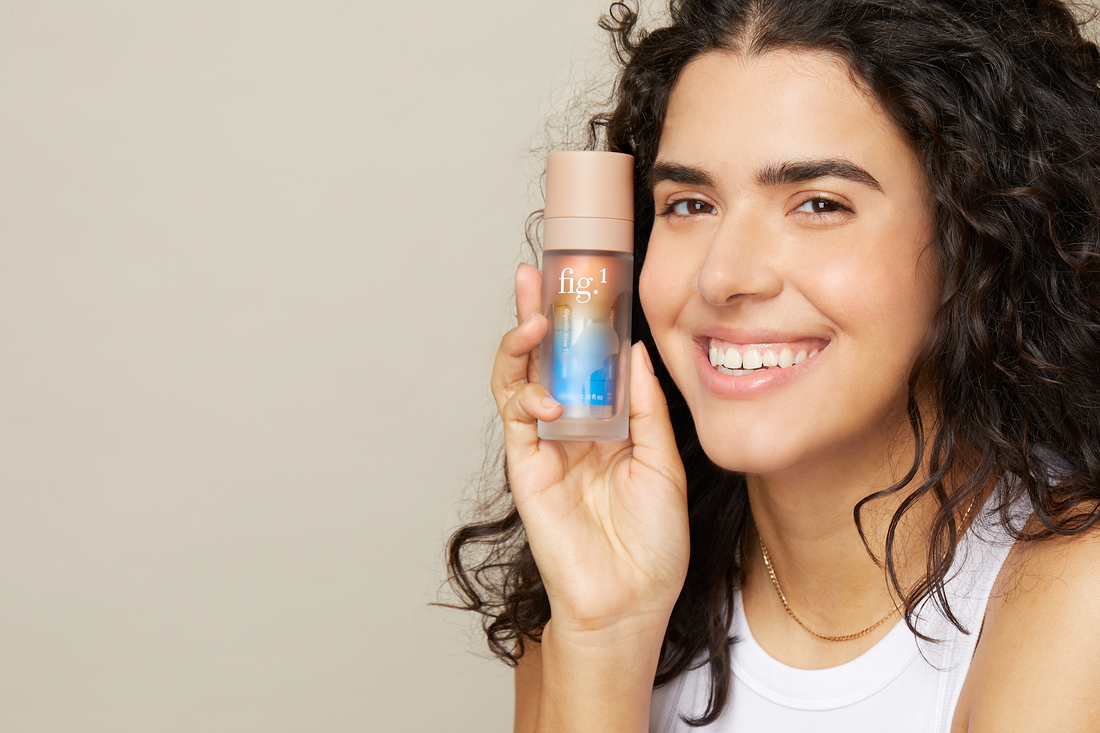
Ask a Chemist: How Do AHAs Break Down the Bonds Between Skin Cells?
Our Head of Chemistry, Lizzy Trelstad, weighs in on your most pressing skincare questions.
Alpha hydroxy acids, or AHAs, are acidic alcohols that help dissolve the gunk that keeps corneocytes cemented together as the outermost layer of skin. In this simplification, the gunk + corneocytes = the stratum corneum. AHAs can dissolve the gunk because of their ability to exist as a free acid amongst oils.
The more gunk that’s dissolved, the easier it is for the old skin cells to fall off, revealing healthy, young skin underneath. In this way, AHAs are said to be chemical exfoliants. They promote the shedding of old skin cells by chemically reacting with the gunk that keeps the skin cells together.
What is the gunk made of?
The gunk is a lipid (fat, oil) matrix with a specific mix of free fatty acids (FFAs), triglycerides, cholesterol and other sterols, ceramides, squalene and waxy esters. All these fats and waxes are weakly attracted to each other, but some may be bound to the outside of expired skin cells. So, to help shed skin cells, you need to break down the covalent bonds between the gunk and the dead skin cells. This is where AHAs swoop in. Their existence as oil-soluble acid alcohols gives them the ability to disrupt, or even deter, covalent bonding, so old skin cells can shed away.
Do AHAs penetrate the skin?
While AHAs are uniquely able to travel through oils as a free acid, they are not able to penetrate the skin.